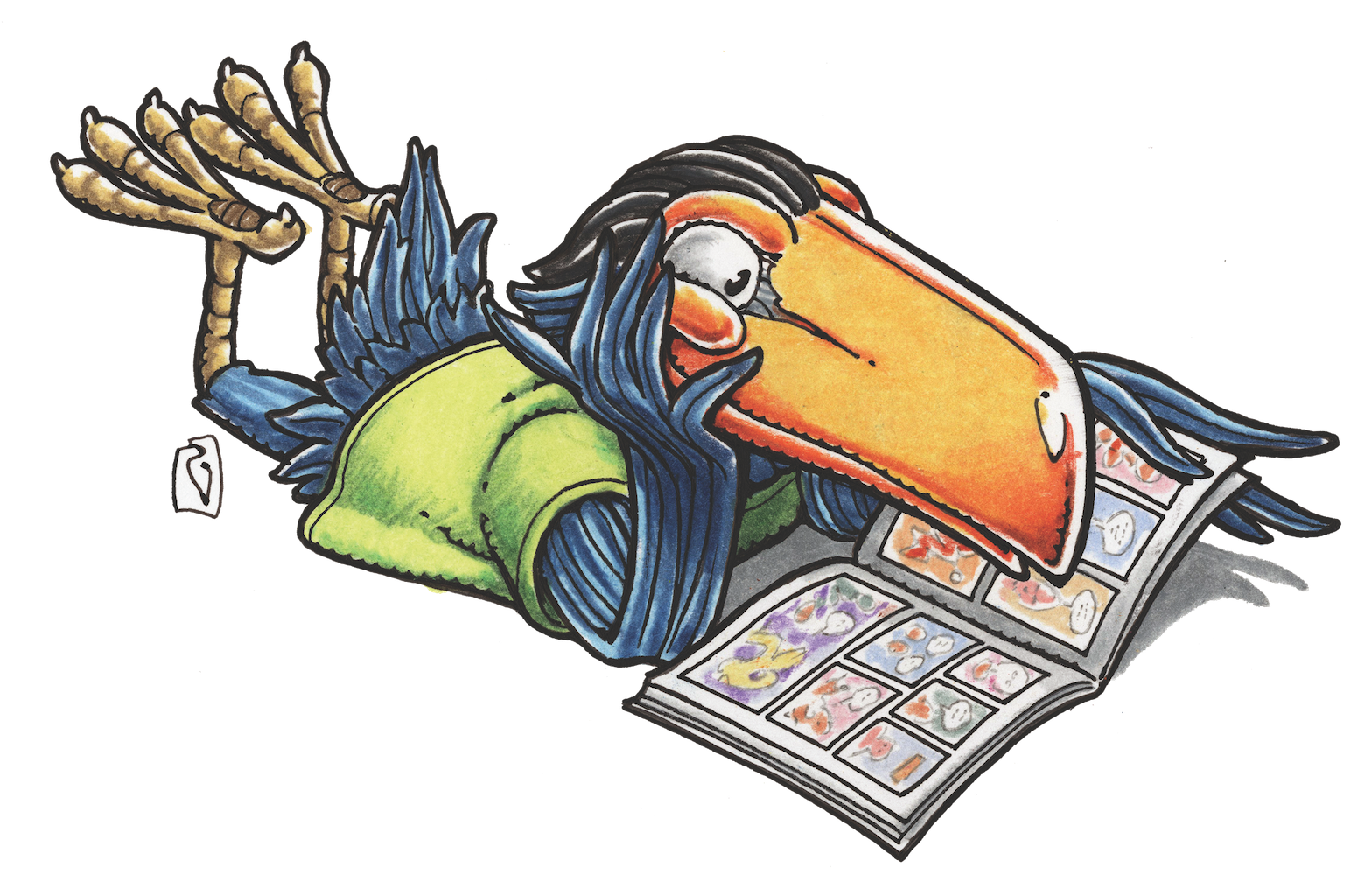HOW ARTISTS SHOULD READ A SCRIPT!
Dilettante 008: Reading a Script


A few months back, I shared some notes for writers on writing for an artist. It’s about time I shared some suggestions for artists. Here are some thoughts on how to read a script.
First, all of these tips are AS TIME PERMITS. In a medium that’s generally deadline driven, it should be understood that everyone can only do their best with the project’s schedule. None of these are required to do a good job. Experienced artists may do a lot of them without thinking.
The first thing you’re going to do is read it, start to finish. Have a pencil in your hand and mark places where you have a question or an idea. Don’t bother with detailed notes yet. Just make a quick little checkmark. You’re looking to get an idea of the sweep of the story. When you get to the end, turn back and read it again, and now that you know where the story is going, you can make more detailed notes.
As I do this, I typically find myself asking some questions. Here are a few, with examples of how I might answer them.
When does the story take place? What time of year? What time of day? What’s the weather like?
“Spring 2011. I’ve got scenes at sundown, late at night, and lunchtime. The story is set in Portland so it will be grey and overcast with a continual maddening drizzle.“
Which elements will require preparation and research before you can draw them, and which can you improvise right on the page?
“I can draw the suburban home and the parking lot scenes, but I’ll need reference for the old Chevy they break into and I’ll need to learn what it looks like when you hotwire a car. Then again, the dialogue makes it clear what they’re doing, so if time is tight, I can frame the scene so the stuff I don’t know how to depict happens off camera.
Is there a tonal shift to the story? (By which I mean: Do things start out grim but turn happy? Do they go from calm to frantic?)
“The main character starts out crazy and confused but finds her center. The story starts at a kid’s birthday party. At the climax, there’s a car chase that turns deadly. Towards the end, there’s an animal dying in the desert, and two elderly women walking on the beach. Looks like we’re moving from exciting, to wild, to still. Unless scenes specifically require me to subvert that, I’m going to use background elements and unscripted character actions to push each scene I illustrate to be more or less raucous to fit into that emotional arc.
If I need the petting zoo scene on page 14 to communicate calm, I could show a little girl bottle -feeding a lamb. If I need to show chaos, that same girl could instead be freaking out and knocking over her little brother as she flees a herd of baby goats.
What are the important facts about the main characters, and how can I communicate them to the reader?
Bob is angry about growing up poor near a rich suburb, and he always has a chip on his shoulder about money. He has money now. Does he dress expensively to show the world he’s not poor anymore, or does he make a point of staying shabby and casual to express that he doesn’t think money is important?
How dense is each page going to have to be?
If most of the pages have 8 or 9 panels, I need to work in a style that’ll read clearly even if the panels are all tiny.
Are there important visual details the writer has left unstated?
On page 5, Constance flirts with a handsome cashier, but I don’t know how old he is. Constance is 17. If I draw the cashier as a 20-yearold I’m telling the readers one thing. If I draw him as 44, I’m telling them something else.
Can I just tell the story as written or does it need fixing?
If this is a well-constructed story, with a plot that makes sense, recognizable motivations and conflicts, clearly expressed themes, and a beginning, middle, and end, my job is to be a window on the story and tell it simply and directly as possible. If the story doesn’t make sense or there is no story, I need to look for ways to find something in the script that feels like a narrative, and communicate that with my pictures. If a character’s spoken motivations don’t make any sense, maybe I can subvert that with pictures that contradict what he or she says? Can I evoke emotions that seem appropriate for where the scene is in the story, even if those emotions aren’t earned in the plot? And if the story is completely unsalvagable, is it too late to turn it down and find another project, or do I have to just suck it up and just try to give my readers some amusing moments or nifty pictures?
A good script will put lots of interesting questions in your head. Some writers enjoy working directly with artists and love to discuss these things. Others prefer a more hands-off approach and will trust you to make the right decisions on your own. Either way, take pride in your contribution and remember that you don’t work for the writer or the editor. You, the writer, and the editor are all working for the reader.
Steve Lieber’s Dilettante appears the second Tuesday of every month on Toucan!